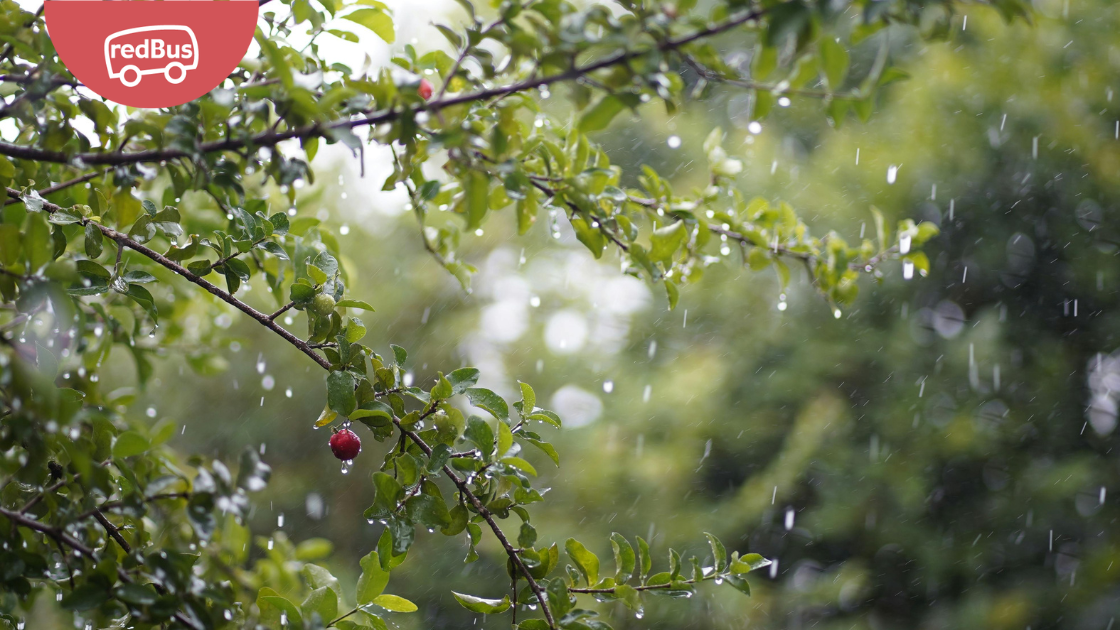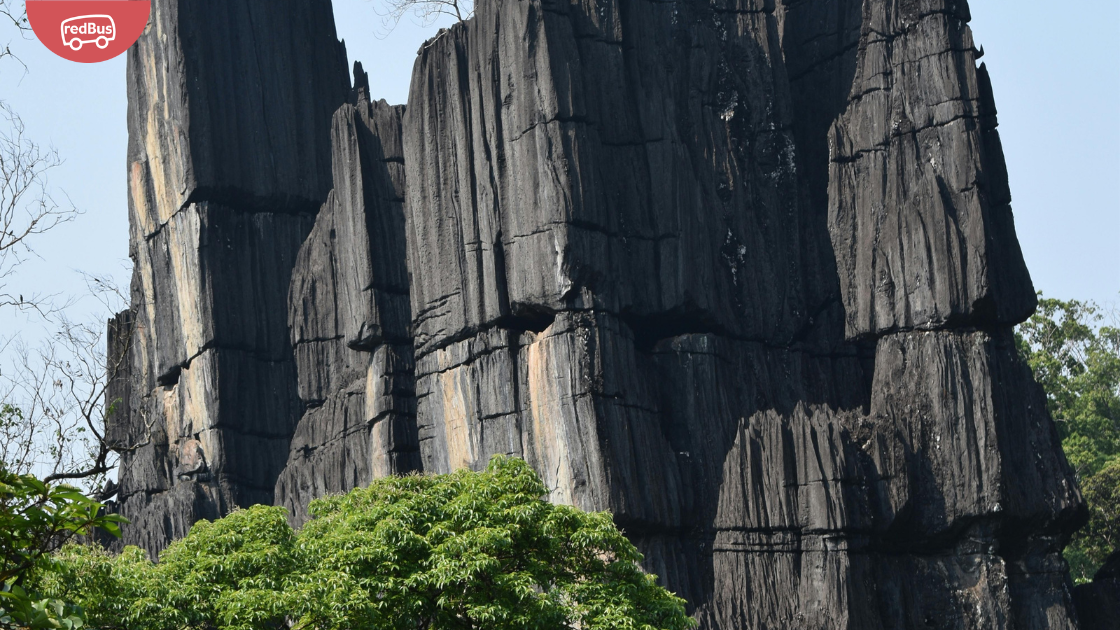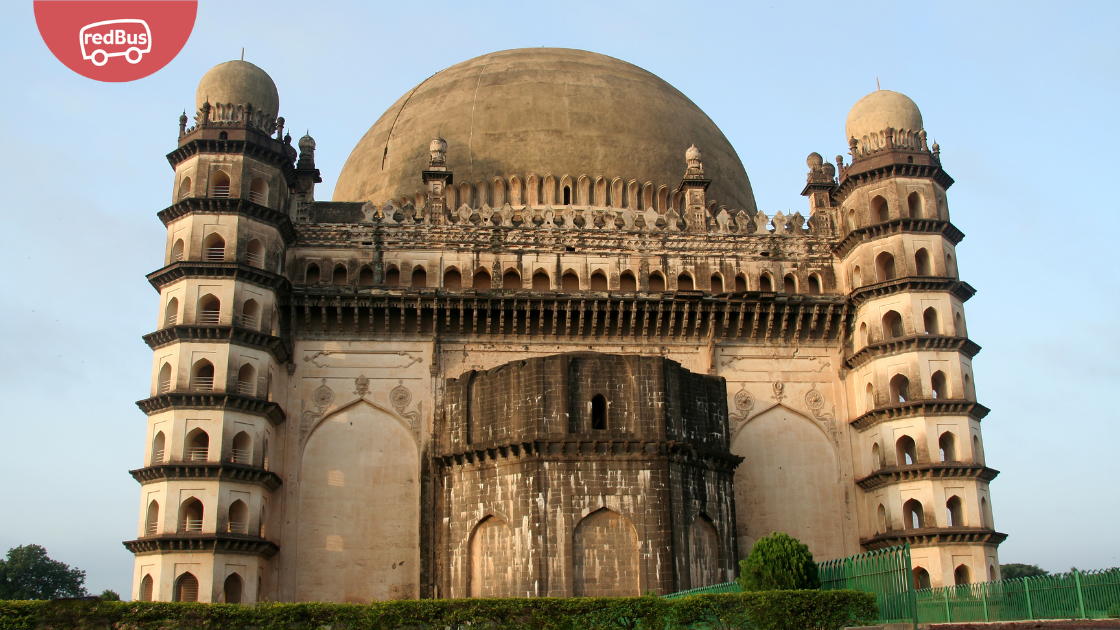Bijapur, officially known as Vijayapura, is a city in the state of Karnataka, India, renowned for its historical significance and architectural splendor. The city boasts a rich heritage dating back to the Adil Shahi dynasty, which left behind an array of magnificent monuments and structures. Bijapur’s landscape is dotted with grand mausoleums, intricately designed mosques, and impressive fortifications, making it a must-visit destination for history enthusiasts and architecture aficionados. While you are exploring historical places in Karnataka, do not forget to explore Bijapur also. In this blog, we will explore the famous places to visit in Bijapur, delving into their historical context, architectural beauty, and cultural significance.
Popular Places to Visit in Bijapur
Below, you will find famous places to visit in Bijapur with your friends and family.
Gol Gumbaz
Gol Gumbaz, one of the most iconic landmarks of Bijapur, is the mausoleum of Muhammad Adil Shah, the seventh ruler of the Adil Shahi dynasty. Completed in 1656, this architectural marvel is renowned for its massive dome, which is one of the largest in the world.
- The Dome: The Gol Gumbaz dome measures 44 metres in diameter and is supported without any pillars, showcasing remarkable engineering prowess. The structure’s whispering gallery, where even the slightest sound can be heard across the other side, is a fascinating feature.
- Tomb and Museum: The central chamber houses the tombs of Muhammad Adil Shah and his family. The complex also includes a museum displaying artifacts from the Adil Shahi period.
- Architectural Significance: The structure’s design, with its geometric precision and acoustical properties, reflects the ingenuity of medieval Indian architecture.
Best Time to Visit
The best time to visit Gol Gumbaz is during the cooler months from October to March, when the weather is pleasant for exploring the site.
Ibrahim Rauza
Often referred to as the “Taj Mahal of the Deccan,” Ibrahim Rauza is the mausoleum of Ibrahim Adil Shah II. Constructed in the early 17th century, it is celebrated for its elegant design and intricate detailing.
- Tomb and Mosque: The complex comprises a beautifully designed tomb and a mosque facing each other, set amidst well-maintained gardens.
- Architectural Details: The mausoleum features finely carved stonework, ornamental arches, and delicate minarets, reflecting a blend of Persian and Deccan architectural styles.
- Inspiration for Taj Mahal: It is believed that the design of Ibrahim Rauza influenced the construction of the Taj Mahal in Agra.
Best Time to Visit
Visit Ibrahim Rauza during the early morning or late afternoon to avoid the midday heat and enjoy the serene ambiance.
Bijapur Fort
Bijapur Fort, also known as Vijayapura Fort, is a historical fortification that stands as a testament to the city’s medieval grandeur. Built during the reign of the Adil Shahi dynasty, the fort encompasses several notable structures within its walls.
- Gagan Mahal: This royal palace served as the Durbar Hall (courtroom) and is known for its grand arches and beautiful architecture.
- Asar Mahal: Originally built as a Hall of Justice, Asar Mahal now houses relics believed to belong to Prophet Muhammad.
- Citadel Walls: The fort’s massive walls, gates, and bastions showcase the defensive prowess of the Adil Shahi rulers.
Best Time to Visit
The ideal time to explore Bijapur Fort is from October to March, when the weather is favorable for outdoor activities.
Malik-e-Maidan
Malik-e-Maidan, meaning “Monarch of the Plains,” is a colossal cannon located atop the Bijapur Fort. Cast in 1549, it is one of the largest medieval cannons in the world.
- The Cannon: The cannon weighs approximately 55 tons and measures about 4 meters in length. It is made of bell metal and features intricate inscriptions and decorative motifs.
- Panoramic Views: The location of the cannon offers stunning views of the surrounding landscape, providing a glimpse into the strategic significance of its placement.
Best Time to Visit
Visit Malik-e-Maidan during the cooler months from October to March for a comfortable experience.
Jama Masjid
Jama Masjid, also known as Jumma Masjid, is one of the largest and oldest mosques in Bijapur. Built by Ali Adil Shah I in the 16th century, it is an architectural masterpiece that continues to serve as a place of worship.
- Prayer Hall: The mosque features a spacious prayer hall with beautiful arches, supported by numerous columns. The hall can accommodate thousands of worshippers.
- Mihrab: The intricately designed mihrab (prayer niche) is adorned with inscriptions from the Quran, showcasing exquisite calligraphy.
- Courtyard: The mosque’s large courtyard is surrounded by arcades and provides a serene environment for contemplation and prayer.
Best Time to Visit
The best time to visit Jama Masjid is during the early morning or late afternoon to avoid the heat and enjoy the tranquility of the mosque.
Gagan Mahal
Gagan Mahal, also known as the Sky Palace, is a royal palace within the Bijapur Fort. Built in the 16th century by Ali Adil Shah I, it served as the royal residence and durbar hall.
- Architecture: The palace features grand arches, a central hall, and a majestic façade that exemplify the architectural style of the Adil Shahi period.
- Historical Significance: Gagan Mahal played a crucial role in the administrative and ceremonial functions of the Adil Shahi dynasty.
- Gardens: The surrounding gardens add to the palace’s charm, providing a peaceful setting for visitors.
Best Time to Visit
Visit Gagan Mahal during the cooler months from October to March for a pleasant experience.
Upli Buruj
Upli Buruj, also known as the Upli Burj, is an ancient watchtower located within the Bijapur Fort. Built by Hyder Khan in the 16th century, it served as a strategic observation point.
- Watchtower: The tower stands at a height of 24 meters and offers panoramic views of the city and surrounding areas.
- Cannons: Upli Buruj is equipped with two massive cannons, adding to its historical and military significance.
- Climbing the Tower: Visitors can climb a winding staircase to reach the top of the tower and enjoy breathtaking views.
Best Time to Visit
The best time to visit Upli Buruj is during the early morning or late afternoon to avoid the heat and enjoy the views.
Mehtar Mahal
Mehtar Mahal is a beautiful gateway located near the Asar Mahal in Bijapur. Built in the 17th century, it is a fine example of Indo-Islamic architecture.
- Architecture: The gateway features intricate carvings, ornate arches, and a blend of Hindu and Islamic architectural elements.
- Historical Significance: Mehtar Mahal served as an entrance to a garden and residential area for royal servants.
- Photographic Spot: The elegant design and intricate details make Mehtar Mahal a popular spot for photography.
Best Time to Visit
Visit Mehtar Mahal during the cooler months from October to March for a comfortable experience.
Bara Kaman
Bara Kaman is an unfinished mausoleum built by Ali Adil Shah II in the 17th century. Intended to surpass the grandeur of Gol Gumbaz, the structure remains incomplete but is still a significant architectural site.
- Arches: The mausoleum features 12 towering arches arranged in a concentric pattern, showcasing impressive stonework.
- Historical Mystery: The reasons for the structure’s unfinished state remain a subject of historical curiosity and intrigue.
- Photography: The striking arches and unfinished design make Bara Kaman a unique and photogenic site.
Best Time to Visit
The best time to visit Bara Kaman is during the early morning or late afternoon to avoid the heat and capture the site in soft lighting.
Shivagiri
Shivagiri is a towering statue of Lord Shiva located near Bijapur, attracting devotees and tourists alike. The statue stands as a symbol of spiritual significance and architectural marvel.
- Statue of Lord Shiva: The statue is one of the tallest representations of Lord Shiva, standing at a height of 85 feet.
- Spiritual Significance: Shivagiri is a place of worship and meditation, drawing visitors seeking spiritual solace.
- Scenic Surroundings: The statue is set amidst lush greenery and offers a peaceful environment for visitors.
Best Time to Visit
The best time to visit Shivagiri is during the winter months from October to March, when the weather is pleasant for outdoor activities.
Conclusion
Bijapur, with its rich history and architectural marvels, offers a captivating journey through time. From the grandeur of Gol Gumbaz and Ibrahim Rauza to the serene beauty of Shivagiri, the city is a treasure trove of cultural and historical wonders. Whether you are an architecture enthusiast, history buff, or spiritual seeker, Bijapur promises an enriching and unforgettable experience. Plan your visit to this fascinating city and explore the best places it has to offer, immersing yourself in the legacy of the Adil Shahi dynasty and the enduring charm of Bijapur. So, what are you waiting for book your Bijapur bus tickets on redBus now!







